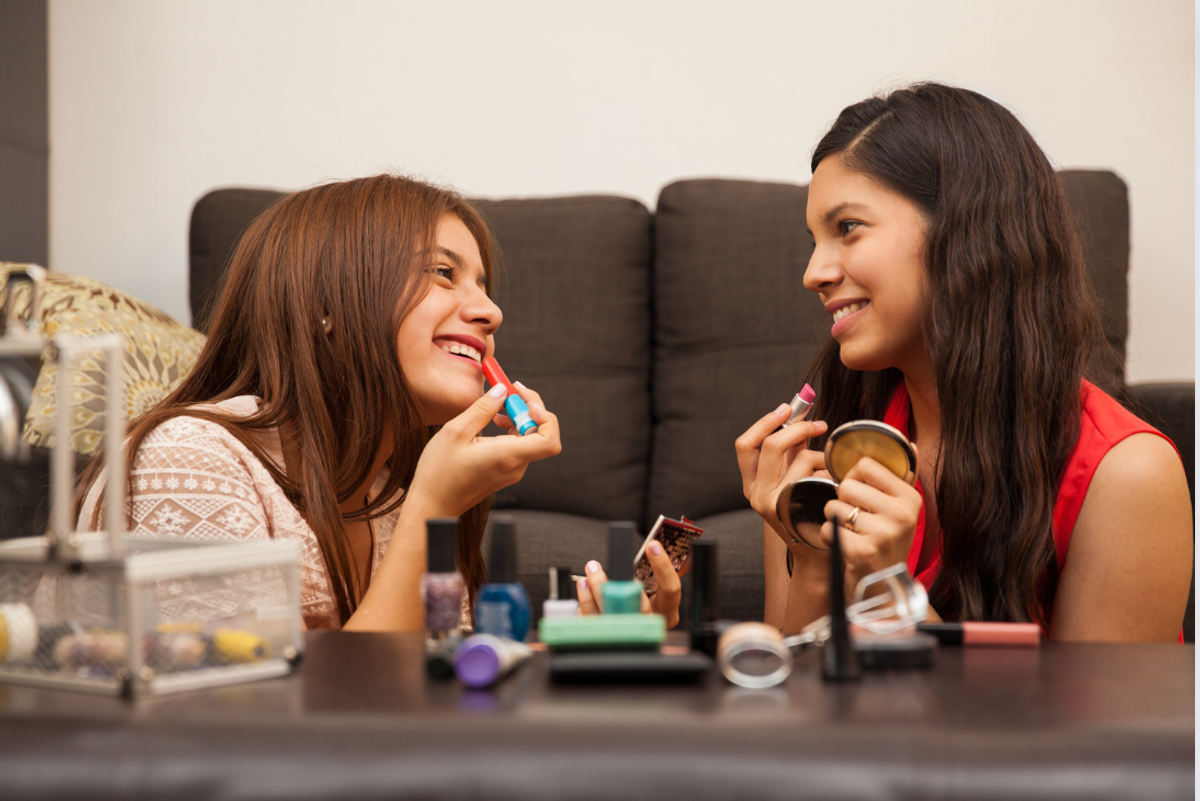Mom shocked that fourth-grade son 'embarrassed' eating chips out of a Ziploc bag for lunch
It's easy to forget how kids that age get embarrassed over everything.
A child is embarrassed over his lunch.
One of the hardest times in a child's life is hitting that awkward phase around 10 that lasts 'til at least, 16. A hallmark of this time is when kids become obsessed with status symbols such as clothing, shoes, bikes, technology, and even what they bring in their lunches.
Kimberly Church, a Los Angeles stylist and mother of three boys, recently discovered that her 10-year-old was embarrassed by her packing his snacks in a Ziploc bag. “News today from my fourth grader that this kind of snack is embarrassing,” she said, holding up a Ziploc bag with chips inside. “So if I'm gonna send a snack, it needs to be in, like, one of those individual single-serving bags.”
It seems that the kids at his school will shame you for having your snacks in a Ziploc bag instead of individually wrapped, branded bags. Is it because it's cheaper to buy a large bag of chips and then divvy them up, day by day, rather than buying individual bags? Who knows what goes on in the mind of a fourth-grader?
"My son told me yogurt is embarrassing, like what? Why," one viewer asked in the comments. "I remember in 3rd grade we had $.25 popcorn Friday, and all my mom had was 2 dimes and 1 nickel, and I remember crying because I wanted a quarter because I was so embarrassed," another added.
As a parent, dealing with your child’s embarrassment over their lunch is tricky. You don’t want the child to be picked on for something so trivial as the type of lunch they bring to school. Still, you also want to teach them resilience and to stick up for themselves in front of other kids.
Why do tweens and teens get embarrassed so easily?
Carl E Pickhardt, Ph.D., says that it’s crucial for parents to avoid minimizing their tween or teen’s sense of embarrassment and to think of it in adult terms. “Sometimes, to give adults an emotional reference for the teenager’s embarrassment, they can relate to I’ll ask if they ever have any performance fears, stage fright, interview anxiety, social jitters, party discomfort, or nervousness about public speaking,” Pickhardt writes for Psychology Today. “Although not exactly the same, such sensitivity to personal exposure and fear of public scrutiny may be comparable to the emotional distress that adolescent embarrassment can cause.”

Pickhardt adds that children of this age are easily embarrassed because they're walking the tight rope between adulthood and childhood, and it’s easy for them to act too old or too young. In this young man’s case, eating chips out of a Ziploc bag may appear to be something a younger child would do.
Tweens and teenage kids are also very conscious about violating the norms of the group and feeling included because they are trying to find their place and assert their individuality outside of their family unit. Facing rejection from their “tribe” of peers can create extreme feelings of social isolation. This age of insecurity is easily taken advantage of by marketers who are working to make their brands an important part of youth culture.

“Branding is about finding a group or tribe to identify with,” Chris Hudson writes at Understanding Teenagers. “The message teens hear is ‘if you have the right brand, you belong to a family that share your identification with the brand and its lifestyle/values.’”
Parents may scoff at their child coming home and feeling embarrassed about their lunch, but there is much more at play if you dig a bit beneath the surface. Tweens and teens are going through a challenging phase where fitting in is paramount because the pain of rejection and bullying is terrible. So, it’s up to parents to have some sympathy by getting in touch with their feelings when they were younger and embarrassment made them want to disappear. Church may be surprised that her son is embarrassed about his school lunch, but in the end, it’s not really about snacks; it’s a request for belonging and evidence of the incredible importance that his peer group plays in his life.





 Tween girls volunteering.via
Tween girls volunteering.via 

